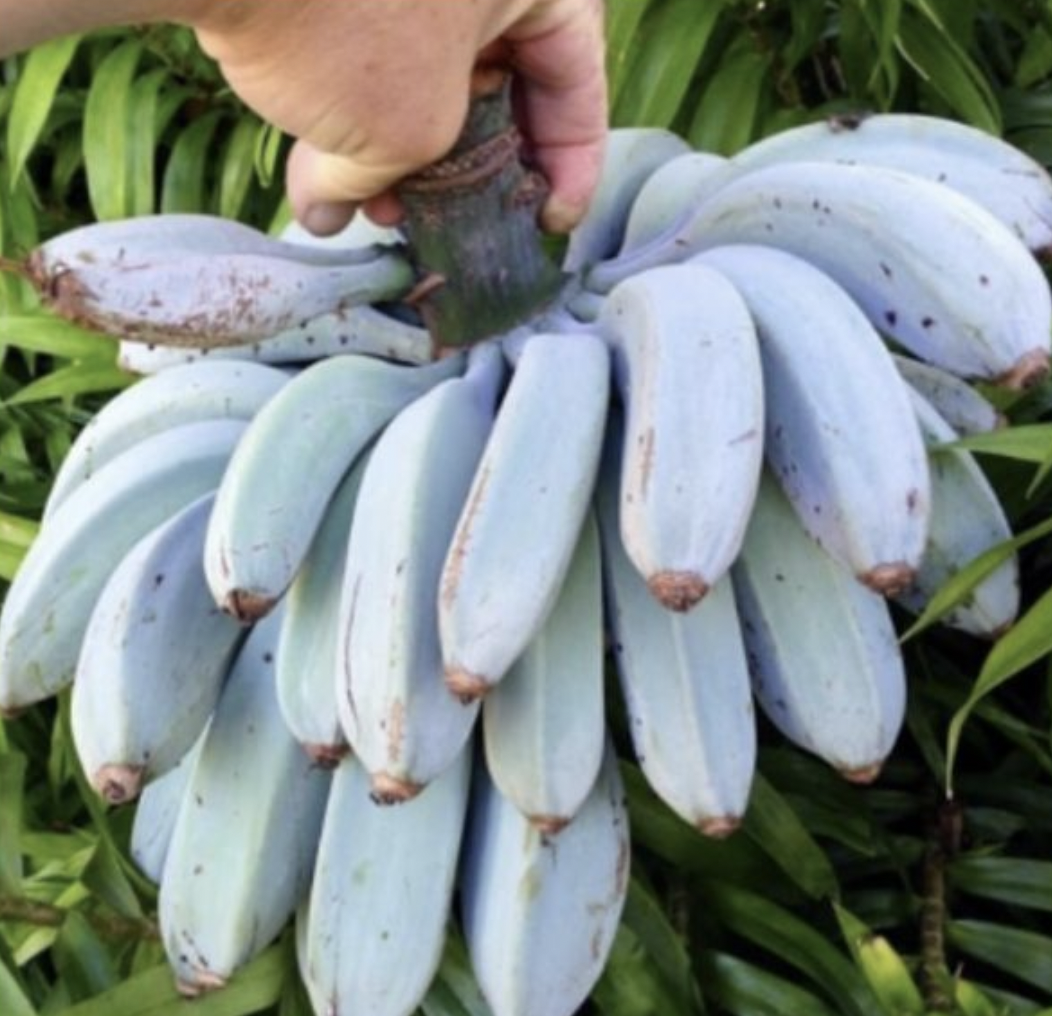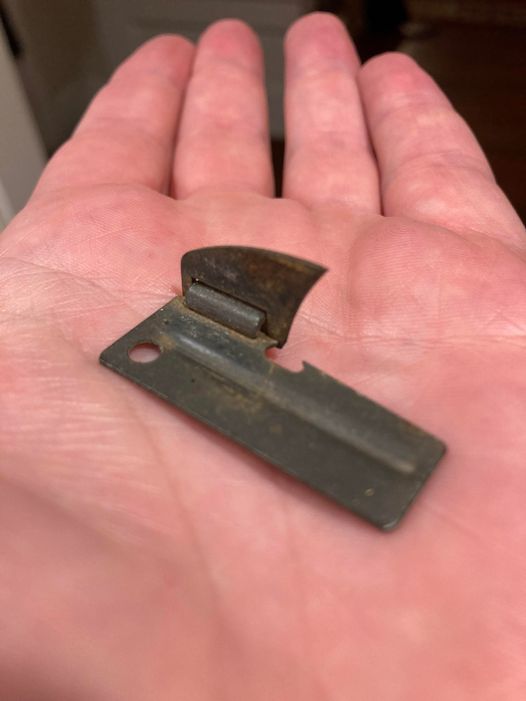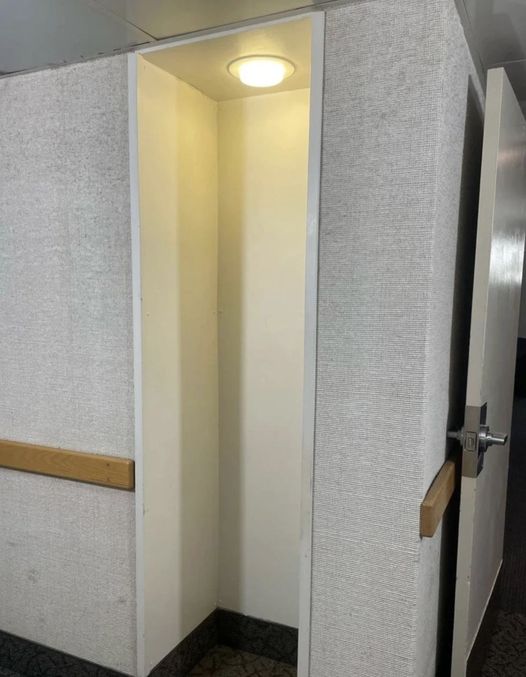The Fascinating World of Blue Bananas
Have you ever laid eyes on a blue banana? They may seem peculiar, but they’re fully natural. The Blue Java, also known as the “blue banana,” is not only eye-catching with its bubble-gum-blue color, but it’s also a delicious and nutritious fruit. Blue fruits and plants are a rarity in nature, making the Blue Java an exciting find for food enthusiasts everywhere.
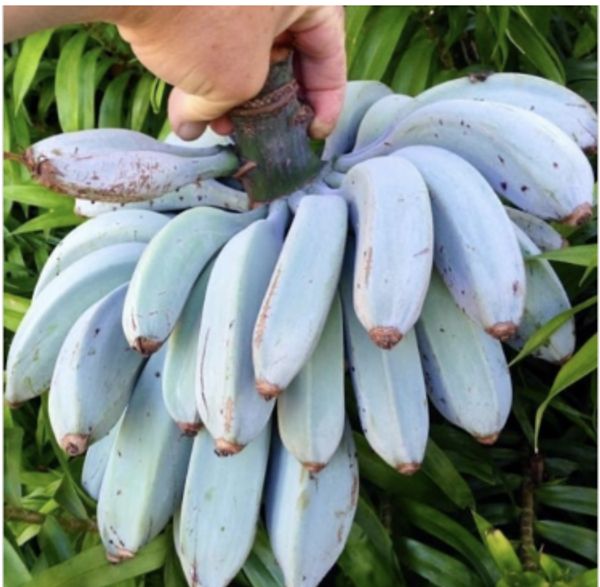
Blue bananas primarily grow in sunny and humid regions like Fiji, the Philippines, and Southeast Asia. While traditional banana varieties require tropical heat to thrive, the Blue Java is different. It can withstand temperatures as low as -7°C! This remarkable resilience allows it to flourish in a variety of climates.
The blue banana not only boasts a vibrant blue peel but also a surprisingly delightful taste. Although the flesh of this banana appears similar to other varieties with its pale yellow color, its smooth texture and vanilla flavor make it a treat for anyone with a sweet tooth. In Hawaii, it even goes by the name “ice cream banana.” This intriguing fruit has gained popularity among food enthusiasts worldwide.
Thanks to climate change and shifting weather patterns, it’s now possible to grow blue bananas in regions where they were previously unheard of. The growing fascination with this unique fruit can be observed on social media platforms, where mouthwatering pictures of blue bananas are making their rounds.
While blue food may seem surprising, it’s not as uncommon as you might think. Apart from blueberries and merlot grapes, there are other blue-skinned fruits and vegetables out there. For example, you can grow blue-skinned tomatoes in your own garden if the climate is humid and doesn’t exceed 25°C. The OSU Blue tomato, a small cocktail-like variety, was developed by an American research center in the early 2000s.
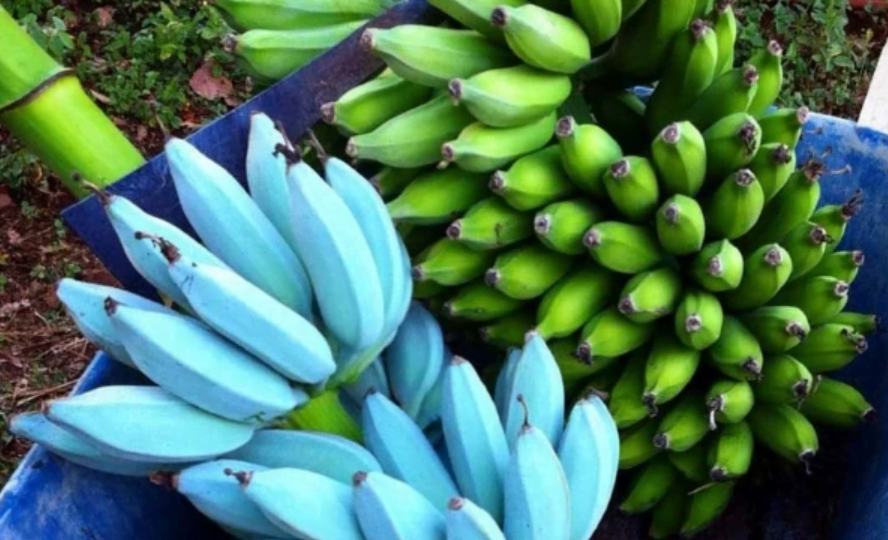
Another intriguing example is the blue apple, a climbing vine found in the forests of Australia and Tasmania. Its purplish-blue fruits have a skin resembling an aubergine but the taste of an apple.
Vanilla is a well-known flavor, but have you heard of blue vanilla? Although its name suggests a blue hue, the actual vanilla bean isn’t blue. Originating from Reunion Island, this special variety of vanilla has captivated renowned chefs, despite its hefty price tag of nearly $1,000 per kilo. Blue vanilla undergoes a long maturation process, and the Escale Bleue is the sole supplier, refining it for six years to create a limited edition. Its subtle aroma isn’t its only asset; blue vanilla is entirely edible. The name “blue” pays tribute to the locals of Reunion Island, who used the term to describe a healthy plant.
So, be on the lookout for these captivating blue fruits and immerse yourself in the realm of extraordinary flavors!
